So you’ve found the hobby of model railroading. Whether you were introduced to it by a family member or friend, or picked up an issue of Model Railroader at the newsstand, or found a video of modeling on YouTube, you’re here for a reason. Why should you join the hobby of model railroading?
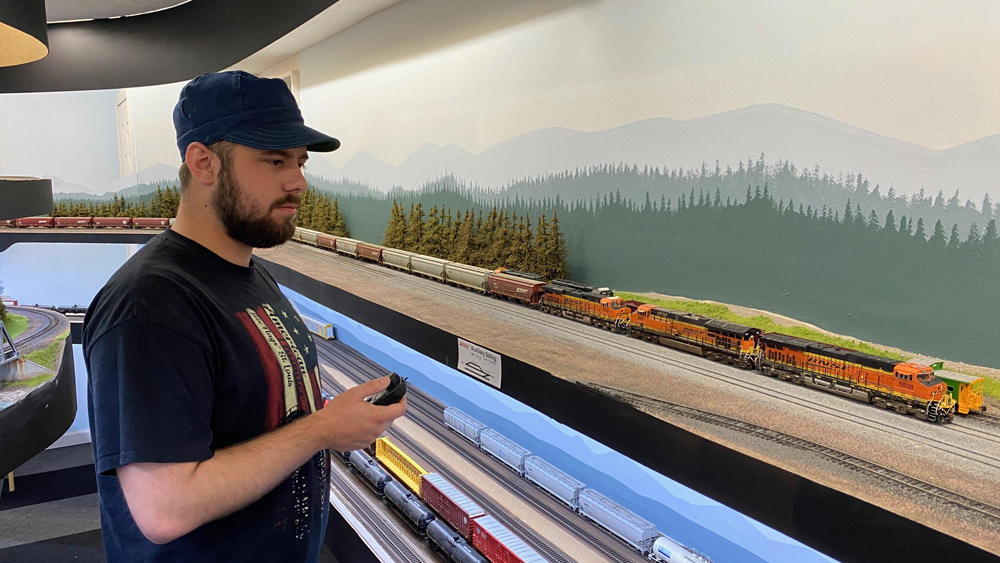
Community
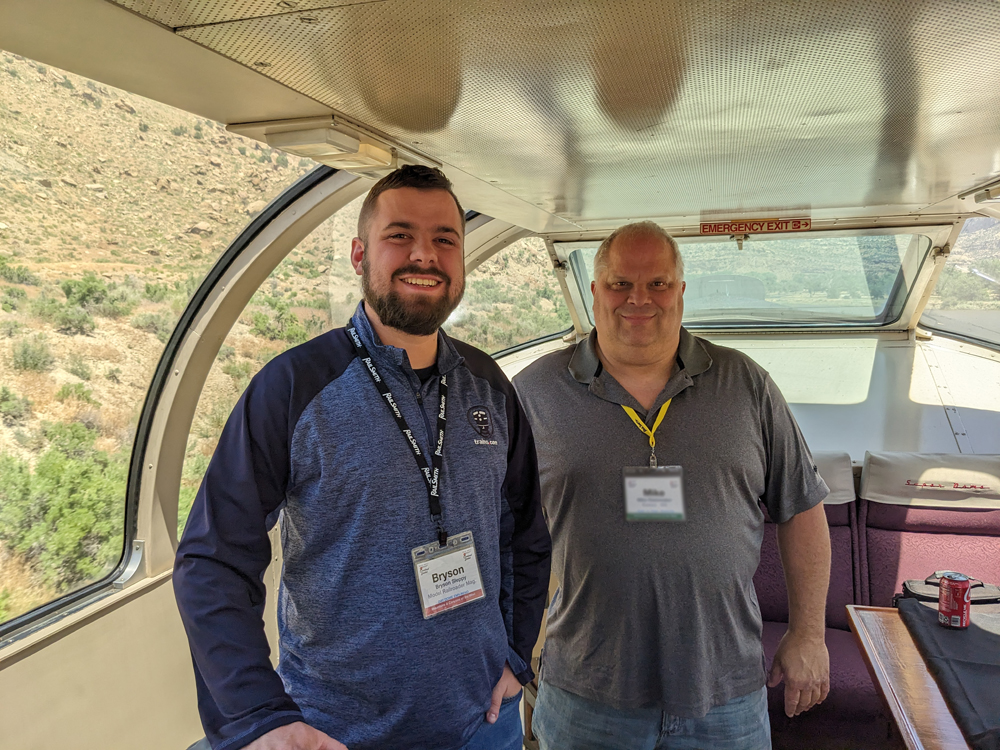
Community is the number one reason that I’ve stayed in the hobby for so long. When my grandfather gave me my first Lionel locomotive when I was three years old, I easily could have said “that’s cool” and found another hobby. However, through going to train shows with my family, volunteering with a railroad preservation group and working on the model railroads there, and eventually making friends as I grew up, the one thing that’s kept me in the hobby has been the community. I love that every train show or hobby shop that I go to gives me another chance to catch up with old friends or make new ones. Another great place for community in the hobby is through operating sessions. I’m part of an operating group that meets regularly to operate a layout, which then turns into grabbing food, or carpooling to train shows, and so much more. Visit the National Model Railroad Association’s website to find out more about train shows that are coming to your area. Some of my best, lifelong friends have come from the hobby!
Skills
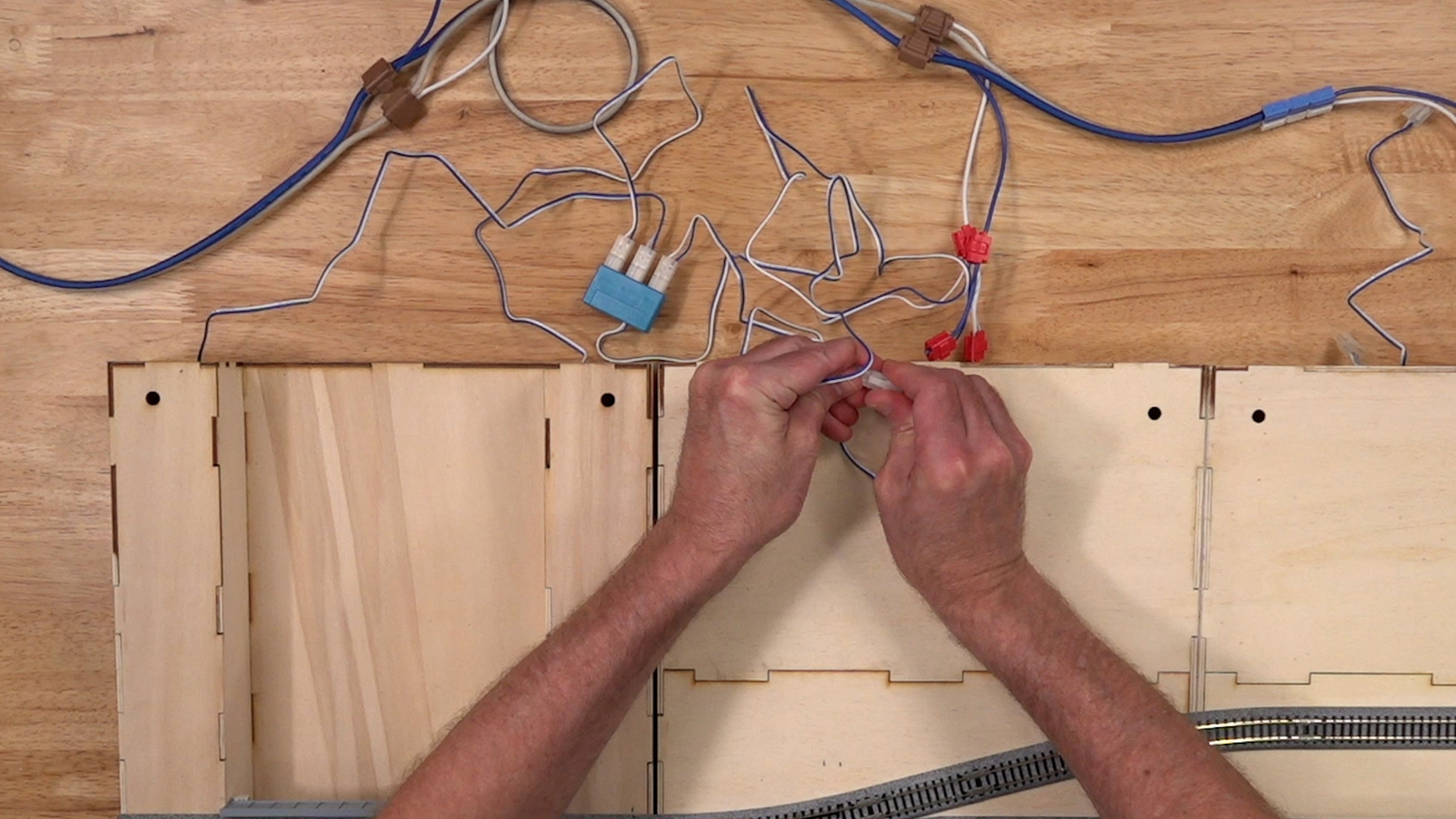
Model railroading is a great way to learn a variety of skills, including carpentry, electrical, and painting. If you need help learning those skills, assets like Model Railroader and Trains.com are full of information. If you need even more assistance, the community mentioned above is a great place to start. Even going to a local hobby store or model railroad club can be the start of a conversation that leads to learning new skills and a potential friendship. The skills that you gain from model railroading can then be applied to other areas of life. For instance, I learned how to solder in order to install decoders and track feeders. Since then I’ve utilized that skill while repairing and building other small electronics.
History
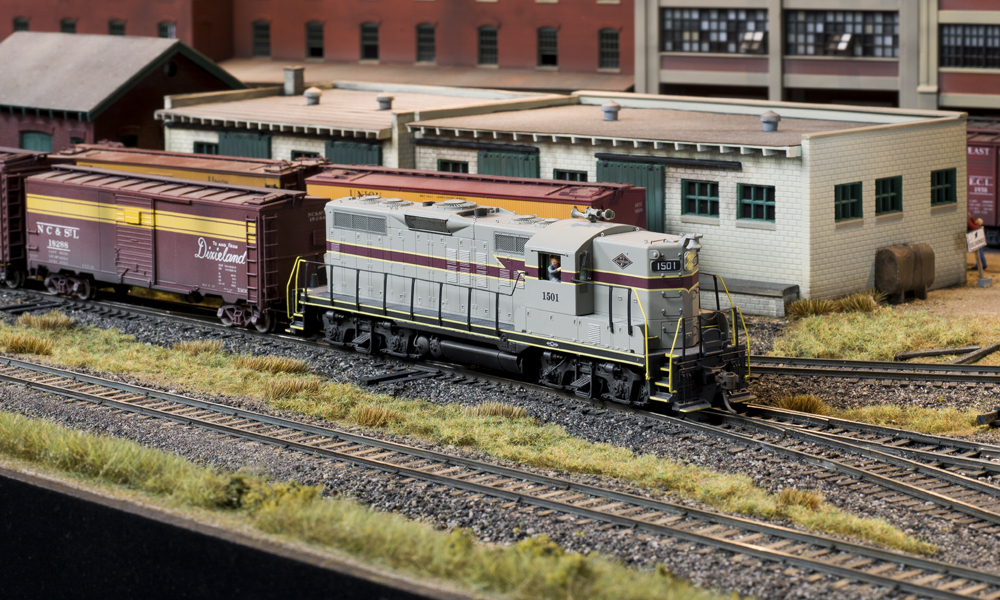
If you’re like me, learning about the history of anything is second nature. That’s especially true with model railroading. Most modelers who build layouts do so with at least a little historical background, whether modeling a prototype or proto-freelancing. This gives you a reason to hit the history books and dig up as much information as you can to learn how a certain railroad, or even location on a railroad, operated, why they did it that way, what equipment they used, and all of the other nitty gritty details. What cars were driving on the roads back then? What kinds of buildings were along the right-of-way? What was the climate like in that area? Even if you model the modern era, there are plenty of things that are now “history,” such as the Norfolk Southern RoadRailers that recently ended operation.
Prototype
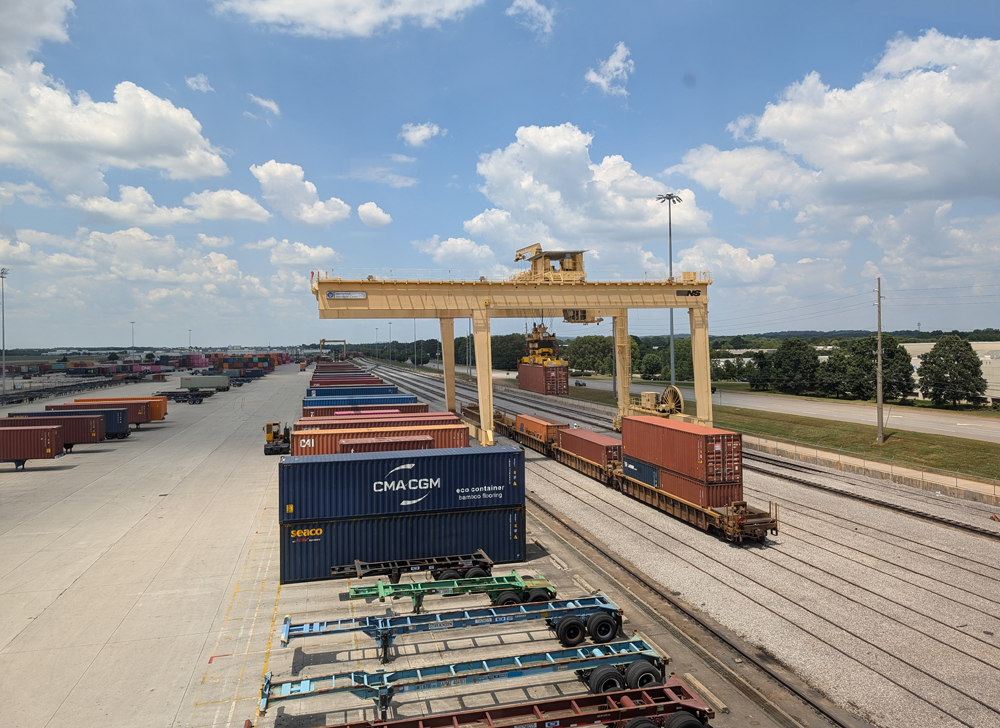
Speaking of history, you can learn a lot from researching the prototype railroad. Even if you’re a freelance modeler, you can always learn from the real thing. How do they operate? With Centralized Traffic Control (CTC), Timetable and Train Orders (TTTO), or another way? What kind of locomotives do they have on the roster and why? A small, flat shortline or industrial railroad probably doesn’t need 4,000 horsepower locomotives. Why is there a yard in one area and not another? Is there any run-through traffic like passenger trains? There are so many different facets of the prototype that can contribute to a model railroad. Even if you’re not modeling yet, you can always learn more about the prototype.
This is one that goes two ways. Maybe you are a prototype railroader in real life. This is a perfect opportunity to use that knowledge for a hobby. And teach some of that information to other hobbyists who may not have the same insight. Sharing information is almost always helpful to all involved.
Model railroading is fun
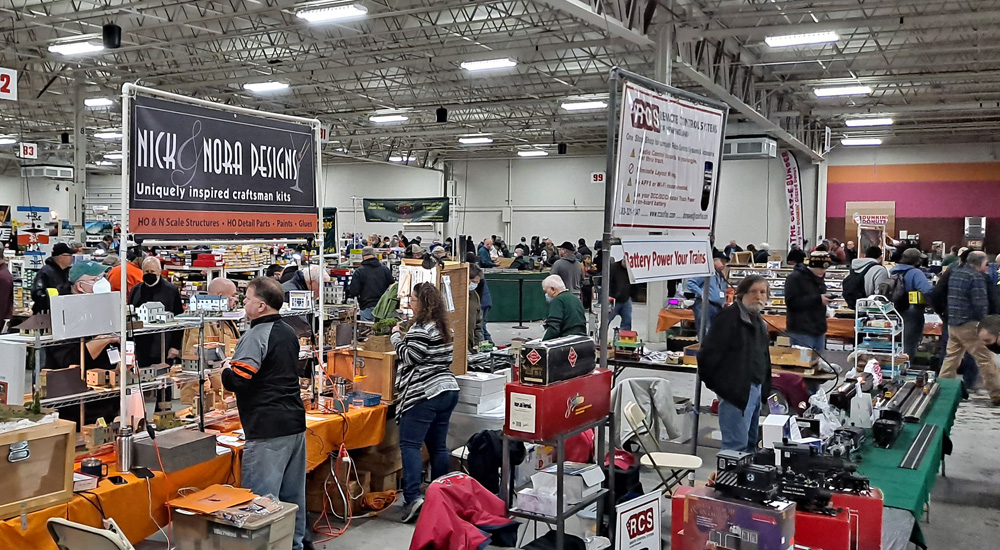
If you couldn’t tell, I love this hobby. While I may be biased, I know a lot of others who feel the same way. From meeting friends from across the world at conventions to on-location research of the prototype to actually getting down and dirty and building a layout. There are so many fun ways to enjoy the hobby. As our magazine has proclaimed for years, Model Railroading Is Fun!






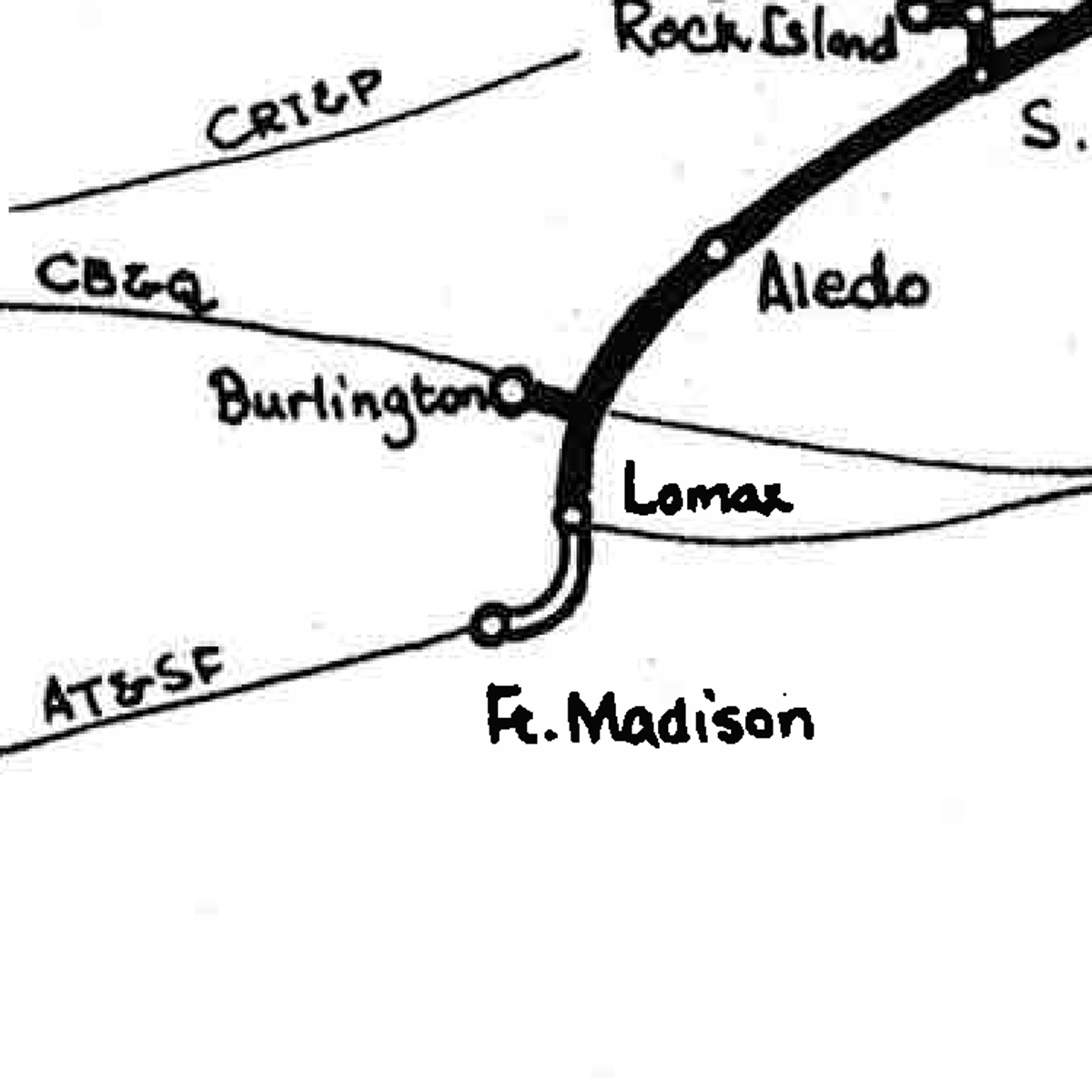
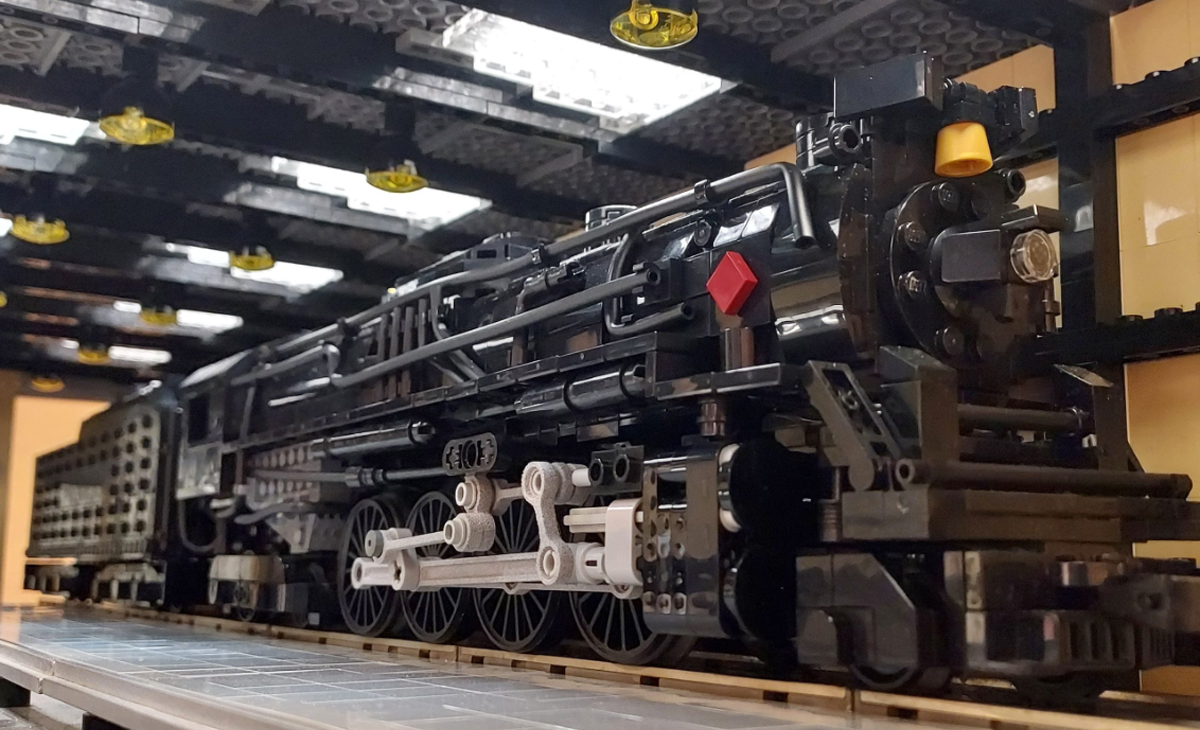
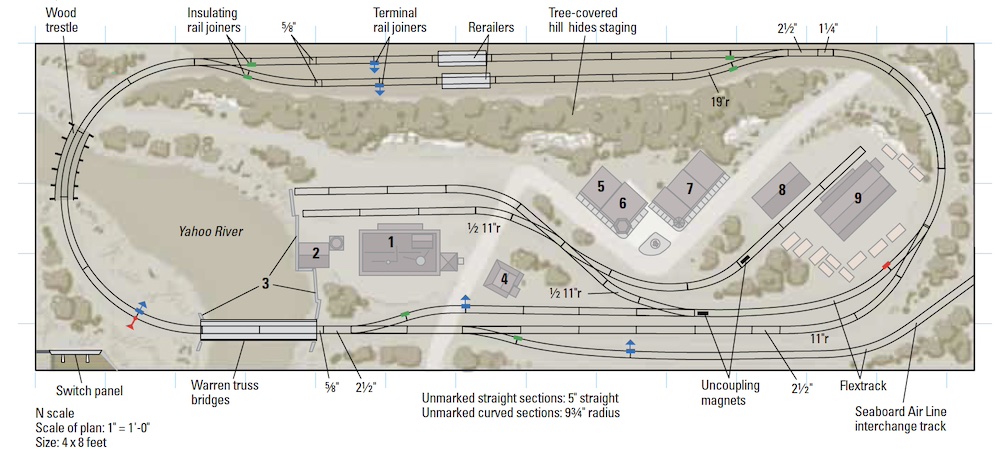
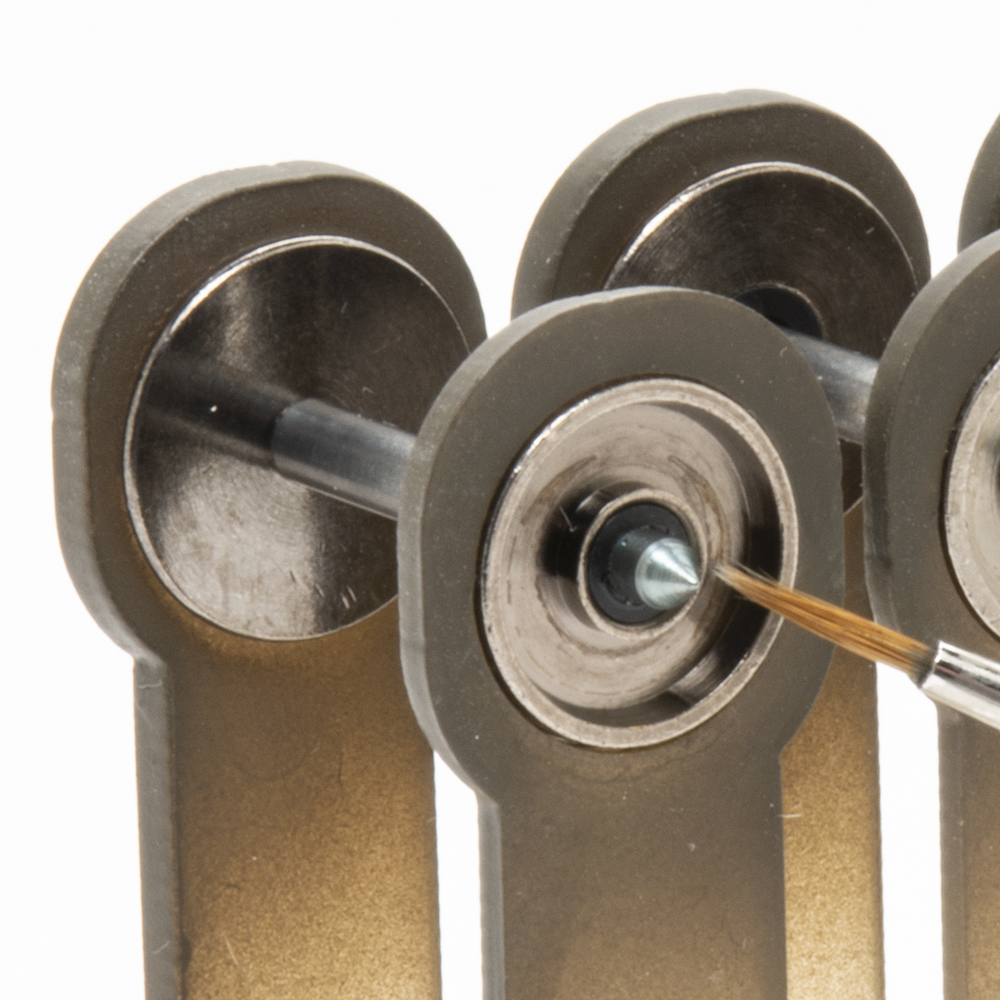




If I understand a shift may be coming to MR, that is showing and writing more about smaller layouts, which most of us can afford with space and funds. If I am correct that will be a great thing in keeping the hobby alive, thanks for the article.